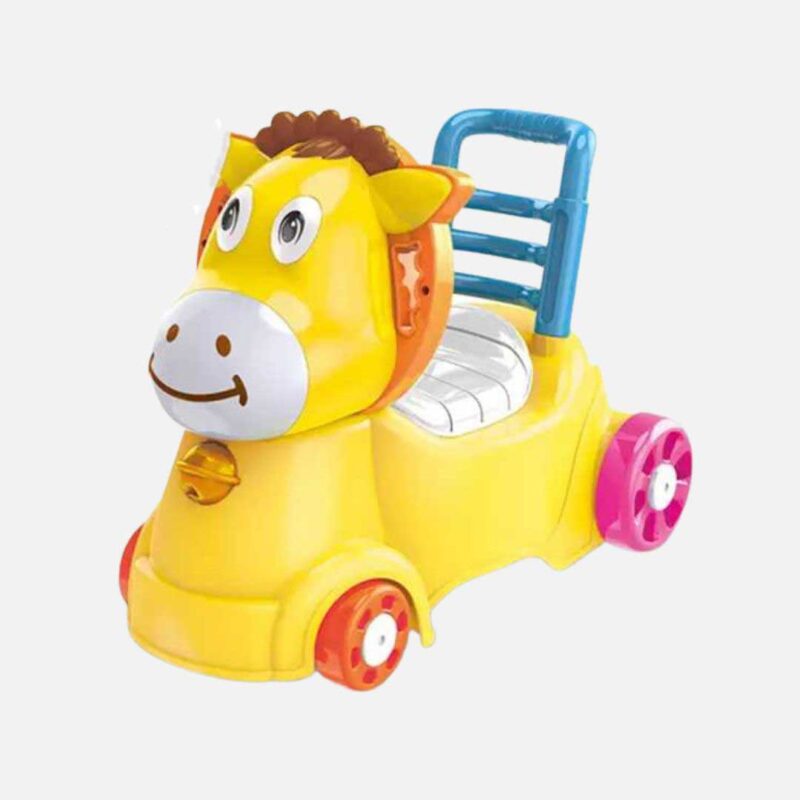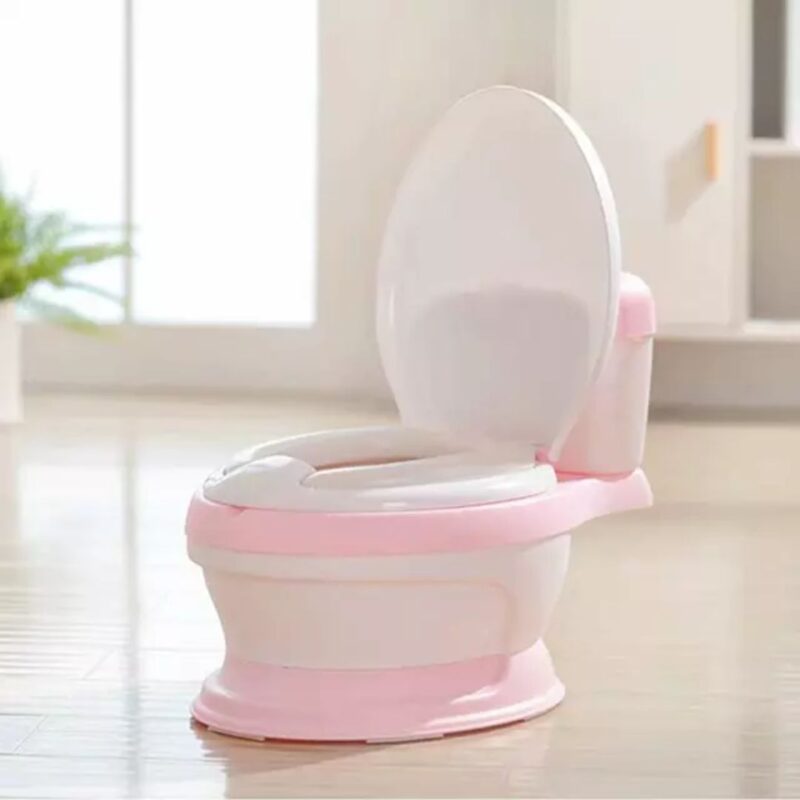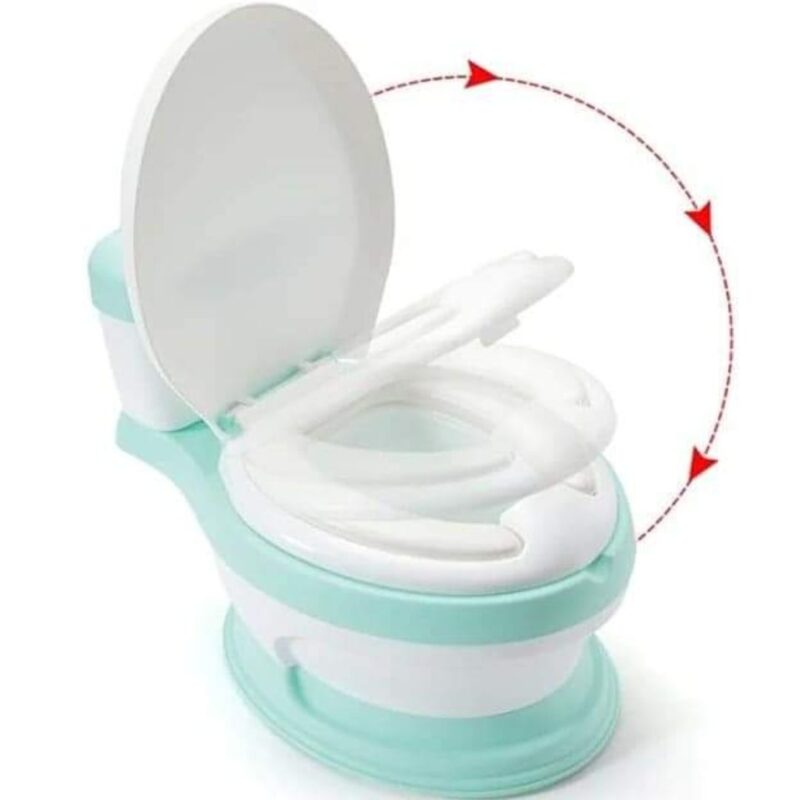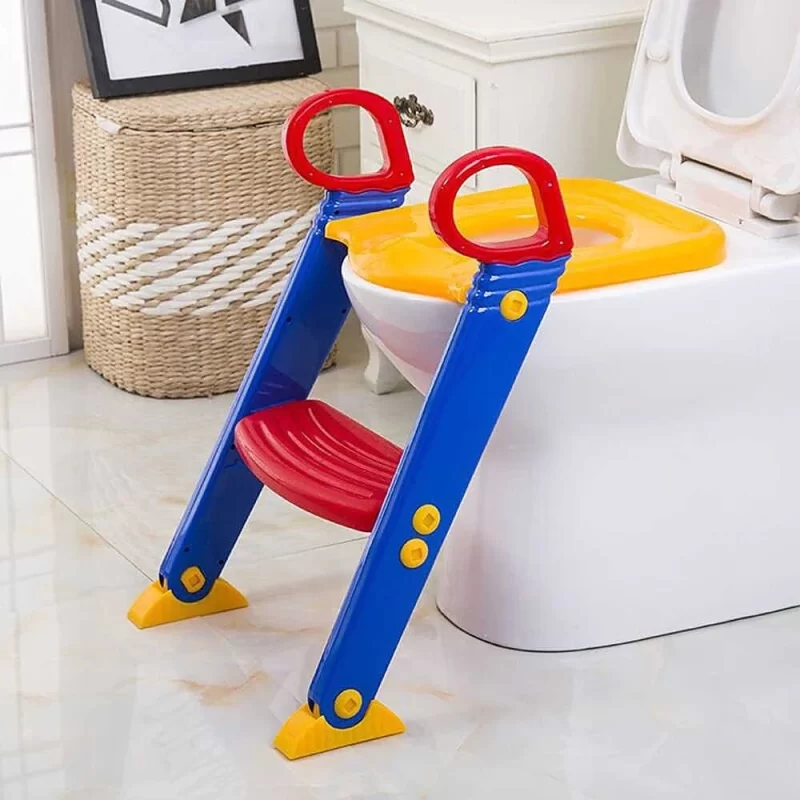Potty training your baby is one of the challenging tasks as a parent. It’s not just about getting them to stay dry; you also have to make them understand the meaning of staying dry consistently and help them develop that habit in 2-3 months! This might seem like an impossible task, but trust us; it isn’t. You just need the right potty training tips for babies to get through this stage smoothly. If you’re trying to potty train your little one, you’ve come to the right place! Here are some useful tips on how to tackle this challenge easily.
Potty Training Tips
Potty training is a complex process, and it can be tricky to know what the best approach is because every child learns differently, boys may learn differently from girls, and there is no one best way to teach the necessary skills. To help you in your little one’s new adventure, we’ve compiled a list of tips to help your toddler get the hang of potty training:
- Make sure your child is ready. Try not to rush the process and start potty training too early, before your little one is capable of achieving success. Look for the signs of readiness in your child before starting potty training.
- Get your child involved in choosing the potty. If possible, go shopping for the potty chair or seat together with your child. It will make them feel more included and excited about using a new potty.
- Buy big-kid underwear as a sign of encouragement. Purchase fun underwear, like ones with a favourite cartoon character or superhero graphic. Explain to your child that they can wear this fun big kid underwear once they learn how to use the potty. You can also let them wear this underwear as a treat while potty training, too. Just be prepared for some potty accidents.
- Place the potty in a convenient spot. The bathroom is the obvious location (and putting it there may help your child make the connection that going potty happens in the bathroom), but you may also want to think about placing the potty in your child’s bedroom for easy access after naps, or in the playroom.
- Get on a potty schedule. Once your little one starts potty training, implement a simple schedule. For example, you could encourage going on the potty after eating or after naptime. This lets your child know that going potty is a routine thing.
- Use a sticker chart to track (and reward) progress. You can hang it near the potty or in the bathroom, and every time your toddler does a good job, let them place a sticker on the chart. They’ll feel great every time they get a new sticker.
- Create a potty-training song. If your child seems nervous about using the potty, some musical encouragement could help them feel more relaxed and get into the groove. You could sing the song as you two head to the potty, or you can sing it together while they are using the potty. There are plenty of videos online of song ideas, or you could make up your little ditty.
- Shower your child with praise. Tell them when your little one does a good job on the potty! You could also give them a high-five or a hug, or do whatever works to keep their motivation high and to reinforce that they’re doing a great job.
- Give your child a book. Read your little one a book about going to the potty while they’re actually on the potty, or let them look at one of their favourite picture books to pass the time and help them feel more relaxed.
- Have naked time. Some parents swear by this tactic for potty training. The basic idea is that letting your child go naked at home encourages them to use the potty since they have no diaper to go into. This approach might be especially useful for children who are still finding it difficult to pull down their training pants to use the potty. This strategy might work best during the hot summer months, but it might not work for every child as with all of the tips in this article.
- Potty train before bedtime and after waking. It’s a good idea to take your child to the potty before they go to bed and as soon as they wake up in the morning. You might like to take them to use the potty during any nighttime wakings, too. Showing them the routine of going to the potty at regular times will help them build good habits and might help prevent some night-time accidents, too.
- Train by example. Take your child with you the next time you need to use the toilet, and show them how easy it is to pee and poop. Dads might find it easier to teach little boys, and moms might demonstrate the process for girls. However, there’s no single rule, and you should go with what works for your family.
- Magic tricks. Add some blue dye (or just some blue toilet bowl cleaner) to your toilet bowl. As your little one pees, the colour of the toilet water will change from blue to green. An alternative is to add dish soap to the toilet. When your child pees, they will love watching it foam and bubble up.
- Consider encouraging the toilet instead of the potty. You may prefer to start your child on a toilet with a child seat instead of a freestanding potty. If so, reinforce the idea that the toilet is where the adults go, and that this is a great chance to do “grown-up” things. A stepstool or footstool will help them reach the toilet more easily and help them maintain balance, too.
- Give your boy some extra time. Sometimes boys need more time than girls to learn the difference between doing a number 1 and 2. It’s a good idea to start by teaching him how to pee while sitting down before teaching him to stand up.
- Use target practice to encourage your boy. Once your boy is ready to try peeing and standing up, you can start to teach him how to aim. One way to do this is to drop a piece of O-shaped cereal into the toilet bowl or potty. Then encouraging your boy to aim for the satisfaction of making the target will serve as positive reinforcement.
- Make pooping less scary. For your little one, passing a bowel movement might be frightening. Their reluctance can lead to withholding, which can lead to constipation. Passing hard stools can be painful, too, and your child may associate pooping with pain. Teach your toddler (perhaps by watching a cartoon on the subject or by reading them a children’s book on potty training) that pooping is a natural process and that there’s nothing to be afraid of.
- Show and tell. Another tactic is to act out a “going to the bathroom” scene. Use a favourite doll or teddy bear to act out how the doll goes about using the toilet or potty. You can even ask your child to show you how the doll goes potty to reinforce the lesson.
- Don’t flush right away. If you’re using your toilet to train, don’t flush right after your child has used the potty. The flushing sound can be especially scary in the initial stages of potty training. Introduce the concept of flushing gradually, perhaps once your toddler has gotten the hang of going potty, and make a fun game out of it, almost like letting your little one press an elevator button.
- Don’t expect miracles in a few days. Some parents swear by three-day potty training, which is kind of like potty training boot camp where the training occurs on a strictly timed schedule. Although this might work well for some, it’s not for every parent or child.
- Try reverse psychology. If you find your child is having a hard time getting used to the idea of using the potty or is simply refusing to do so, you might like to try some reverse psychology. For example, you might gently ask if they would rather stay in diapers even when they’re a big boy or girl. The trick with this tactic is not to cross over into applying too much stress or pressure on your little one, as this can have the opposite effect and make them even more resistant to potty training.
- Don’t punish mistakes. Although potty-training struggles can be frustrating at times, resist the urge to get angry or punish your toddler. Instead, let them know that it’s OK and they can try again later. Added pressure will not help them learn any faster. It may also be that your little one isn’t ready yet, so consider putting potty training on hold for a few days or weeks.
- Remember regression can happen. During the potty-training phase, you might hit a snag or encounter setbacks. This is a normal and natural part of the learning process. Don’t be discouraged if this happens. Be patient. Try another technique. Give it time.
To successfully potty train your baby, you must be consistent and committed. You also need to be patient with the process and make sure that you don’t get frustrated at any point. Visit us at Zawadi Baby Shop for all essential baby products including potty trainers and toilet-like potty trainers to help your little one feel like a big boy or girl who doesn’t need diapers anymore.
We hope that these tips can help you and your child during potty training. Don’t lose hope if it isn’t happening as seamlessly as you’d like. With one of these techniques, or perhaps with another technique you’ve found works for you, your little one will eventually get the hang of it.




